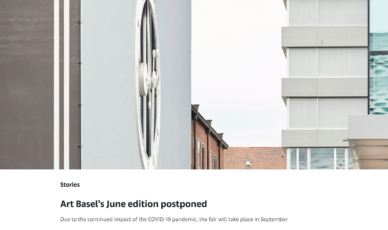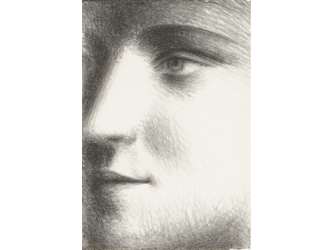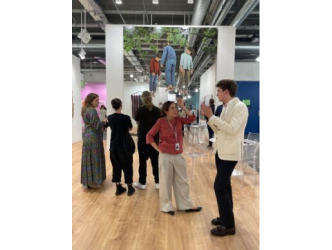Controversies
With a large part of the planet confined to their homes, the art trade has been dormant for a while, experiencing a lull that would seem at risk of flatlining were it not for a few controversies, like the fact that Maastricht’s Tefaf – which was cut short in March – presented high-quality antique offerings for its 2020 edition but also served as an excellent platform for the spread of the coronavirus (see the report on the Tefaf).
The other already widely anticipated news in recent days has been the announcement that the most important fair of modern and contemporary art in the world, the Swiss Art Basel, has been delayed from June until 17 September 2020.
Private transactions
In response to the self-isolation of three billion people on earth, Phillips and Christie’s have delayed many of their sales, and Sotheby’s sets itself apart by offering online sales. But all the auction houses have clearly given the order among their staff to try and multiply private transactions.
Virtual fairs
In this context, two of the first completely virtual fairs in the history of the art market have taken place.
ABHK
The first, Art Basel Hong Kong (ABHK), was open for five days after a period of VIP access on 18 March 2020, and after a few hours of technical difficulties presented a relatively sophisticated platform, a “viewing room” where each exhibitor could present ten works at any given time. 230 galleries took part out of the 245 initially forecast (see the report on the virtual ABHK). Over time, Art Basel Hong Kong has become the major platform for art in this part of the world which, up until this health crisis, was considered to be the most promising area in terms of art sales.
Art Dubai

As for Art Dubai (the fair was physically predicted to run from 17 to 20 March 2020) with 90 exhibitors it is having a more regional impact, but it remains the annual business epicentre in the Middle East up until Pakistan. Its online formula is now running for an undetermined period of time, which could be over a month, and offers a catalogue of reproductions of artworks without showing any prices, with the opportunity to get in touch with each gallery involved via email.
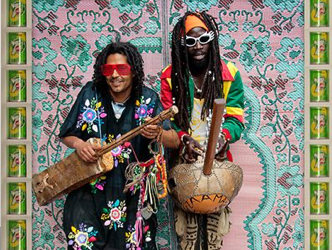
Hassan Hajjaj @ ArtDubai
UAE/ Qatar
The conflict between the United Arab Emirates and neighbouring Qatar, historically the two big buyers in this part of the world, has not helped the fair’s business.
Saudi Arabia
This is without taking into account that Saudi Arabia, with its new monumental museum project on the archaeological site of Al-Ula, has – according to well-informed sources – put all its projects on hold since the coronavirus outbreak. The strategy of using art as soft power can clearly wait, in this age of great upheavals and plummeting oil prices.
David Zwirner
The gallery that has emerged the most satisfied with its participation in Art Basel Hong Kong is multinational David Zwirner.
Marlene Dumas, Luc Tuymans
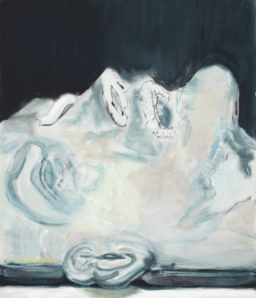
Marlene Dumas
“We sold over 6 million dollars’ worth of artworks on this occasion,” observes Elena Soboleva, director of the gallery’s online sales since 2018. Among the transactions we note a painting by South African artist Marlene Dumas (sold to an American buyer for 2.6 million dollars) and another by the Belgian Luc Tuymans (sold for 2 million dollars) (see an interview of Luc Tuymans at ABHK). This success, which is evidently unique among the participants, can be explained by Zwirner’s level of preparation, since over the past year and a half they have hosted no less than 54 “viewing rooms” on their own website, which act as themed exhibition-sales that take place exclusively online. “The challenge for us is to find the best way of selling,” explains Elena Soboleva, who adds: “Display prices, film details over video, tell stories following the artists’ creative process, show sculptures from all angles… only 37% of buyers at the viewing room at Art Basel Hong Kong, relayed from our own site, were Asian.”

Luc Tuymans
Kamel Mennour
This is not the case for other galleries taking part in the virtual ABHK, who have noted interest from an Asian majority audience, apparently for significantly lower sums. In Paris for example, Kamel Mennour (see the interview with Kamel Mennour at the Tefaf in Maastricht) claims to have sold five works to exclusively Asian buyers (two for over 300,000 euros, three others for between 30,000 and 100,000 euros).
Bargaining
“We worked hard beforehand to forewarn our clients,” explains Kamel Mennour, who adds that now is the time for extreme bargaining: “People are negotiating hard. Ordinarily we would consent to a reduction in the price of 5 to 10%. In certain exceptional cases we have reduced the price of a work by 20%”.
Templon
The Templon gallery based in Paris and Brussels participates in 12 fairs every year, including those in Hong Kong and Dubai.
Chiharu Shiota
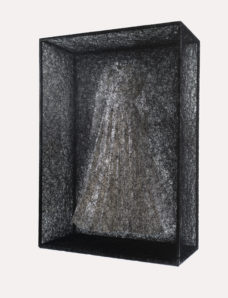
Chiharu Shiota
“The ABHK viewing room has enabled us to sell works by Chiharu Shiota to Korea, China and Taiwan for between 6000 and 100,000 euros,” points out Mathieu Templon, director of the Brussels branch. The Japanese artist, who was born in 1972, has never been so current – she uses an infinite web of thread stretched taut, confined spaces and models, boxes, in the same spirit. The Templon gallery is also taking part in Art Dubai because it is championing no less than four Indian artists who are particularly appreciated by the diaspora based in the Emirates.
Jitish Kallat
This is the case of Jitish Kallat (born in 1974) who is well known internationally (see the interview with Jitish Kallat at the Kochi Biennale). He is the subject of an exhibition at the Frist Museum in Nashville until 28 June.
His large-scale paintings composed of mystical references and allusions to his universe are on sale for 100,000 dollars. “We haven’t had substantial demand from the Art Dubai platform,” Mathieu Templon says, however. “The offerings of a fair that’s just the same as an online catalogue are not particularly attractive.”
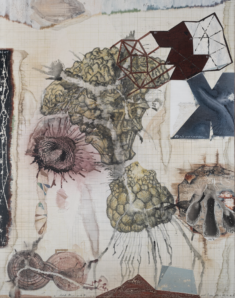
Jitish Kallat
Chloe Vaitsou
Chloe Vaitsou, director of Art Dubai, nonetheless estimates that around 300 requests have emerged since the first few days thanks to an online catalogue with 40 000 views in one week, which is three times more traffic than the previous year. “Usually prices at the fair range from 5000 to 500,000 dollars. We know that the demand online has tended towards relatively modest sums and towards artists who are already well known.
Etel Adnan
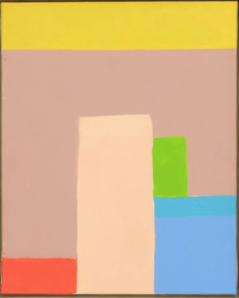
Etel Adnan
One of the most in-demand names is Etel Adnan,” (see the report on Etel Adnan in her studio).
This painter and poet of Lebanese origin, born in 1925, who lives in Paris, has become a late-blooming international art star thanks to her cubist-like landscapes with contrasting colours (on sale at Sfeir Semler from Beirut for between 70,000 and 100,000 euros).
Iranian Art
Dubai is also the ultimate international platform for the promotion of Iranian art, one of the few countries in the region to have a longstanding painting tradition.
Dastan ‘s Basement
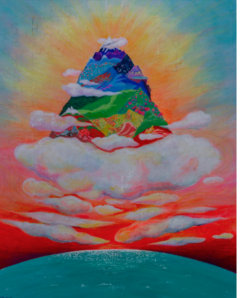
S Koramroodi & T Fajrak
And Dastan’s Basement is one of the only Iranian galleries to continue to attend international fairs. It is also exhibiting via the fair’s website. “It allows us to have an international impact, but in ergonomic terms it is quite disappointing,” observes Hormoz Hematian, owner of the Dastan gallery in Tehran, who are presenting works ranging from 2000 to 10,000 dollars (See the report about the Tehran art scene). “We sold two works, but they were both to Iranian collectors.”
Regardless of the commercial results of the online offerings of these fairs, which have been put together in a hurry, they signal a greater trend of artistic offerings moving online. All the galleries we spoke to are promising to offer attractive “viewing rooms” in the near future to allow people to see their current exhibitions and artworks on sale. It’s the beginning of a new era for the art market.
Donating=Supporting

Support independent news on art.
Your contribution : Make a monthly commitment to support JB Reports or a one off contribution as and when you feel like it. Choose the option that suits you best.
Need to cancel a recurring donation? Please go here.
The donation is considered to be a subscription for a fee set by the donor and for a duration also set by the donor.

